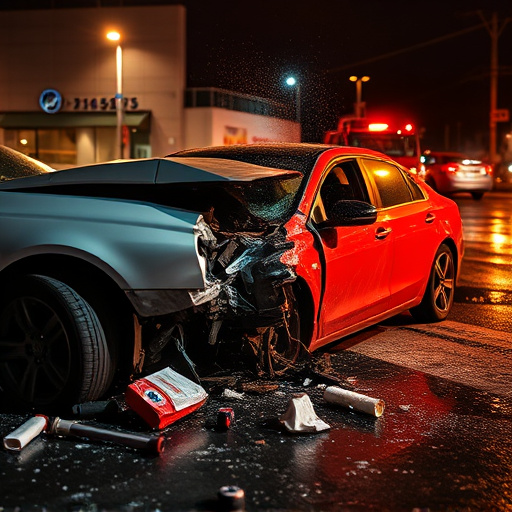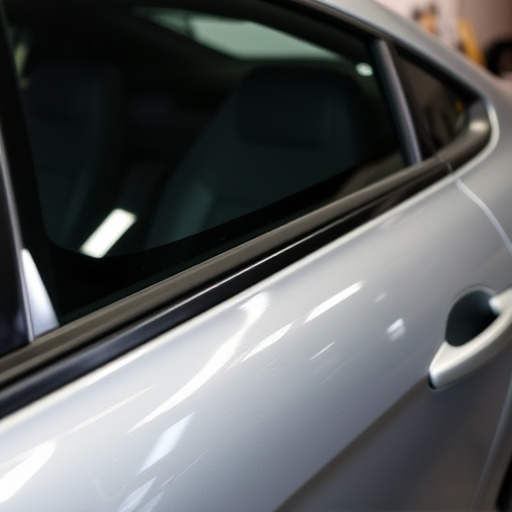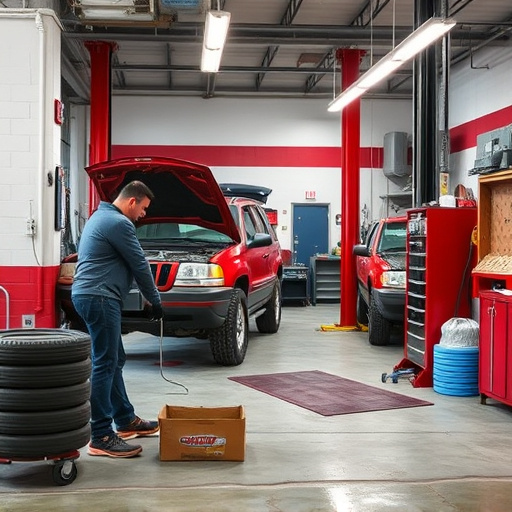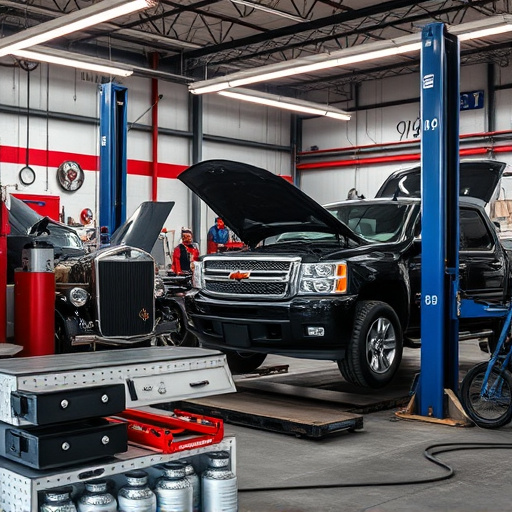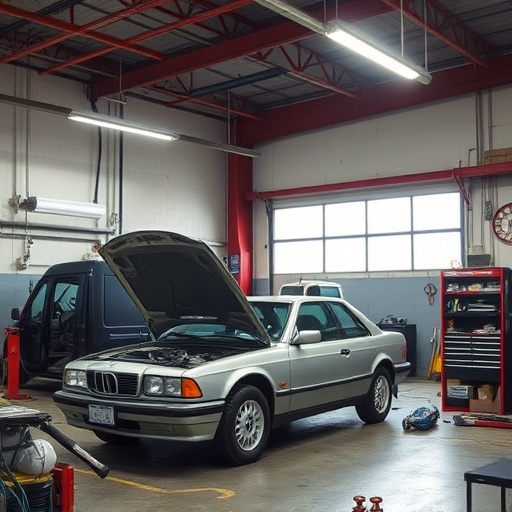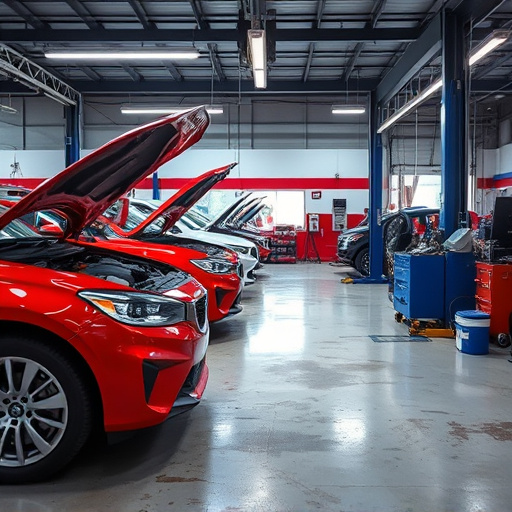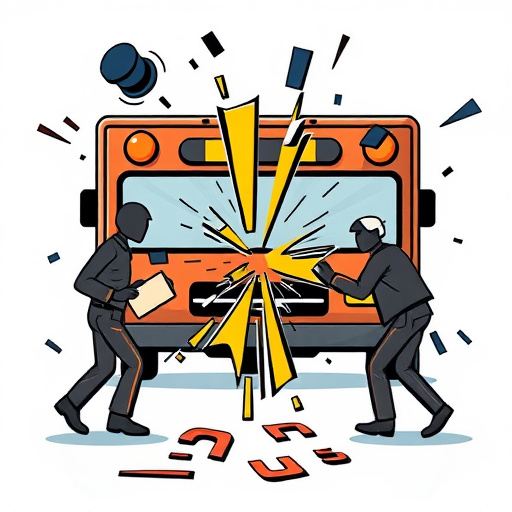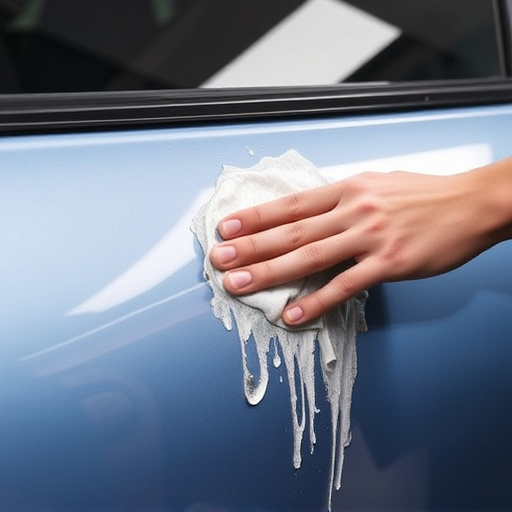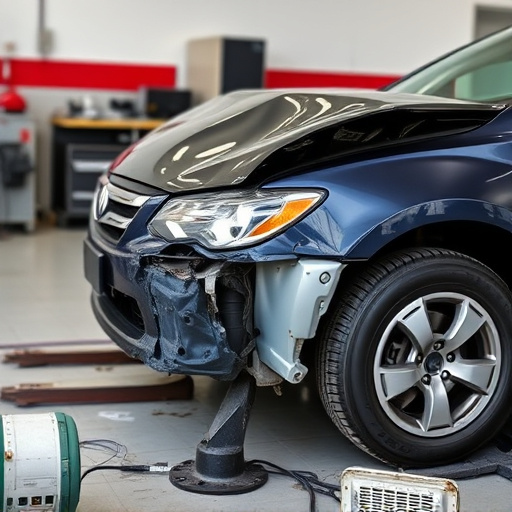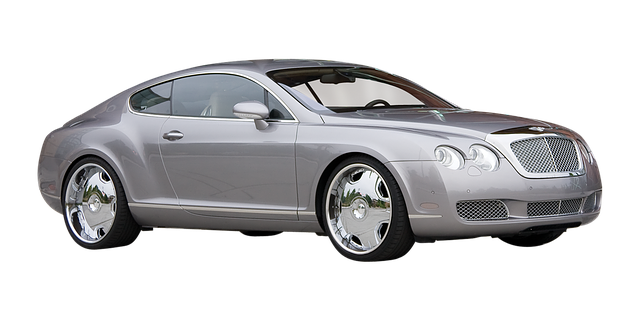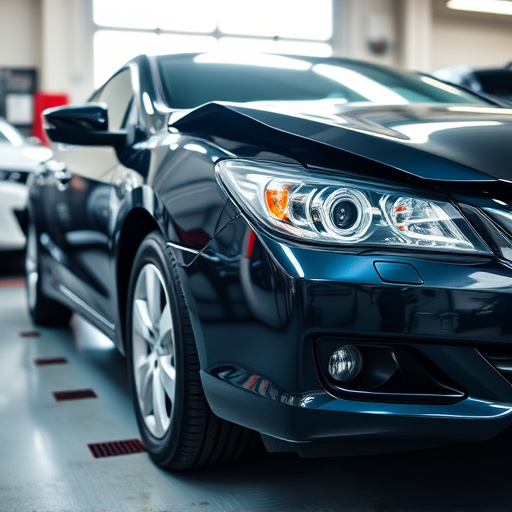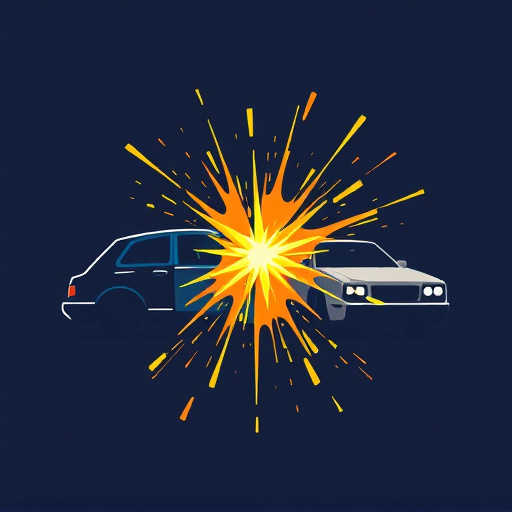Metal fabrication collision repair involves skilled metal manipulation using advanced techniques and technology to restore damaged vehicles. Understanding insurance coverage is vital; clear communication between shops, insurers, and policyholders ensures precise repairs, cost savings, and efficient claim settlements. Adhering to industry standards and using high-quality materials prevents collateral damage and reduces insurance premiums over time.
“In the realm of automotive repairs, metal fabrication collision services play a pivotal role. This comprehensive guide delves into the intricate process of metal fabrication in collision repair and its implications for insurance coverage. Understanding this critical aspect is essential for both policyholders and insurers. We explore what to expect during the claims process, offering insights on preparation and best practices to ensure efficient repairs and accurate insurance adjustments. By examining these factors, you’ll gain a clearer view of how metal fabrication collision services shape insurance scenarios.”
- Understanding Metal Fabrication in Collision Repair
- Insurance Coverage: What to Expect and Prepare For
- Best Practices for Effective Claims and Repairs
Understanding Metal Fabrication in Collision Repair
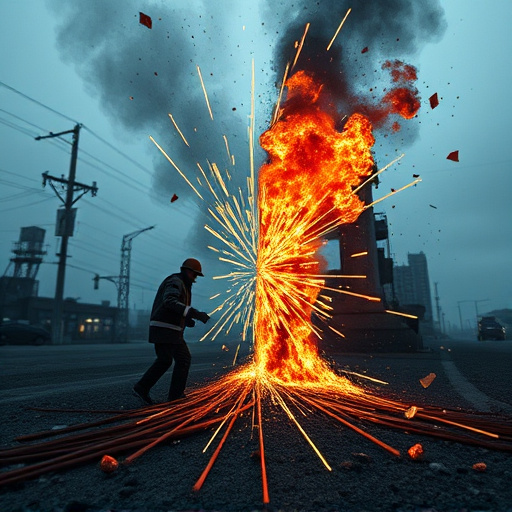
Metal fabrication is a specialized process integral to collision repair, involving the skilled manipulation and shaping of metal to restore damaged vehicles to their pre-incident condition. This intricate art requires precise cutting, bending, welding, and forming techniques to create or replace components affected by collisions, accidents, or other forms of car damage repair. Professionals in this field ensure that each part is meticulously crafted, aligning with the vehicle’s original specifications and structural integrity.
Collision repair, when employing metal fabrication techniques, goes beyond mere car dent removal or hail damage repair. It involves a deep understanding of metallurgy, computer-aided design (CAD), and advanced manufacturing technologies to produce custom parts or restore existing ones. This level of expertise is crucial for achieving both aesthetic perfection and structural soundness, ensuring that vehicles not only look good as new but also perform optimally on the road.
Insurance Coverage: What to Expect and Prepare For

When it comes to metal fabrication collision repair, understanding your insurance coverage is crucial. Before diving into any car restoration or car dent repair process, it’s essential to prepare and anticipate how your policy will factor in. Insurance plans vary widely, but most comprehensive policies cover metal fabrication collision repairs, including parts replacement and labor costs. However, deductibles still apply, so having a clear understanding of these terms is vital.
During the car repair services, ensure you communicate with your insurance provider to confirm coverage details. This includes discussing any specific exclusions or limitations related to pre-existing damage or custom modifications. By being proactive in these areas, you can avoid unexpected financial burdens and streamline the post-collision car restoration process.
Best Practices for Effective Claims and Repairs
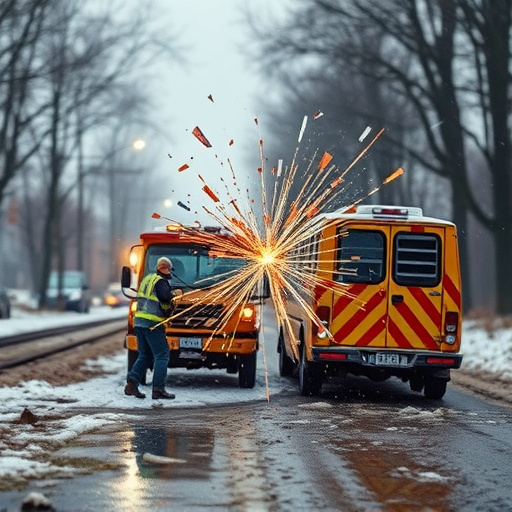
When it comes to metal fabrication collision repair, best practices for effective claims and repairs are paramount. First and foremost, ensure that all repairs adhere to industry standards and use only high-quality materials. This not only guarantees structural integrity but also influences insurance coverage. Reputable auto body shops specializing in metal fabrication employ advanced techniques like computer-aided design (CAD) and robotic welding, which ensure precision and minimal waste, reducing costs for both customers and insurers.
Additionally, clear communication between the repair shop, insurance company, and policyholder is crucial. Customers should receive detailed estimates outlining the scope of work, parts used, and labor costs. Documenting every step of the repair process, including before-and-after photos, helps in verifying the quality of work and facilitating faster claim settlements. For minor issues like car scratch repair or fender bender damages, proper auto body repairs can prevent more extensive collateral damage and reduce insurance premiums over time.
Metal fabrication collision repair, while offering advanced solutions for vehicle restoration, requires a nuanced understanding of insurance coverage. By familiarizing yourself with potential policy implications and implementing best practices for claims and repairs, you can navigate this complex process smoothly. Embracing the principles outlined in this article—from comprehending metal fabrication techniques to adhering to effective repair strategies—will empower you to secure optimal outcomes for both your vehicle and insurance claim.
